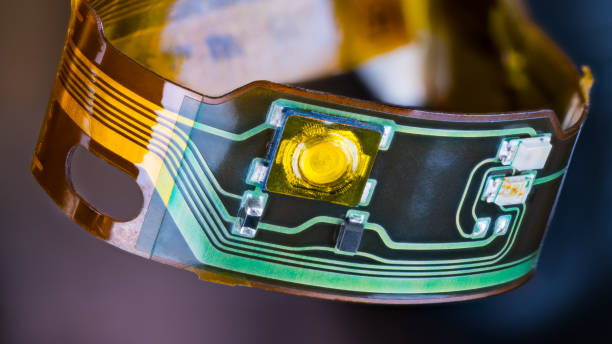Bridging Reality and Imagination: The Intriguing World of Augmented Reality
Introduction: In our quest to push the boundaries of human interaction and experience, technology has introduced a remarkable innovation—Augmented Reality (AR). This technology, still in its infancy, promises to blur the line between what's real and what's computer-generated, enhancing what we see, hear, and feel.

The Dawn of Augmented Reality: A Historical Overview
The concept of augmented reality is not as new as one might think. The first instance of AR dates back to the early 1960s, when Ivan Sutherland, a computer scientist, developed the first head-mounted display system to superimpose virtual information on the physical world. However, the term “Augmented Reality” was coined only in 1990 by Tom Caudell, a researcher at Boeing. Over the decades, the technology has evolved significantly, with giants like Google, Microsoft, and Apple developing sophisticated AR devices and applications.
The Present State of AR: A Reality Check
Today, AR has permeated various industries, including gaming, healthcare, and retail. Pokémon Go, a game launched in 2016, brought AR into the mainstream, demonstrating its potential for creating engaging experiences. In healthcare, AR is used for surgical visualizations and patient education. Retailers use AR for virtual try-ons, enhancing customer experience.
The Power of AR: Unleashing A New Digital Experience
Unlike Virtual Reality (VR) that creates a completely immersive experience, AR overlays digital information on the real world. It enhances the user’s experience by providing relevant information, interactive functionalities, and real-time feedback. For instance, AR can project directions on the road while driving or provide details about a landmark simply by pointing your smartphone at it.
The Market Impact of AR: A Financial Perspective
AR is predicted to have a significant economic impact. According to a report by Statista, the market size of AR technology is expected to reach $198 billion by 2025. As more companies invest in AR, the cost of AR devices and applications is expected to decrease, making the technology more accessible to the average consumer.
The Future of AR: A Glimpse into the Unknown
While AR is still developing, the possibilities it presents are seemingly endless. Future applications could include AR glasses that provide real-time translations or AR in education, where students can interact with 3D models for a more engaging learning experience.
In summary, Augmented Reality, a technology that seemed like science fiction not too long ago, is gradually becoming a part of our everyday lives. As it continues to evolve, it will undoubtedly transform how we interact with the world around us, offering a seamless blend of the physical and digital worlds.





